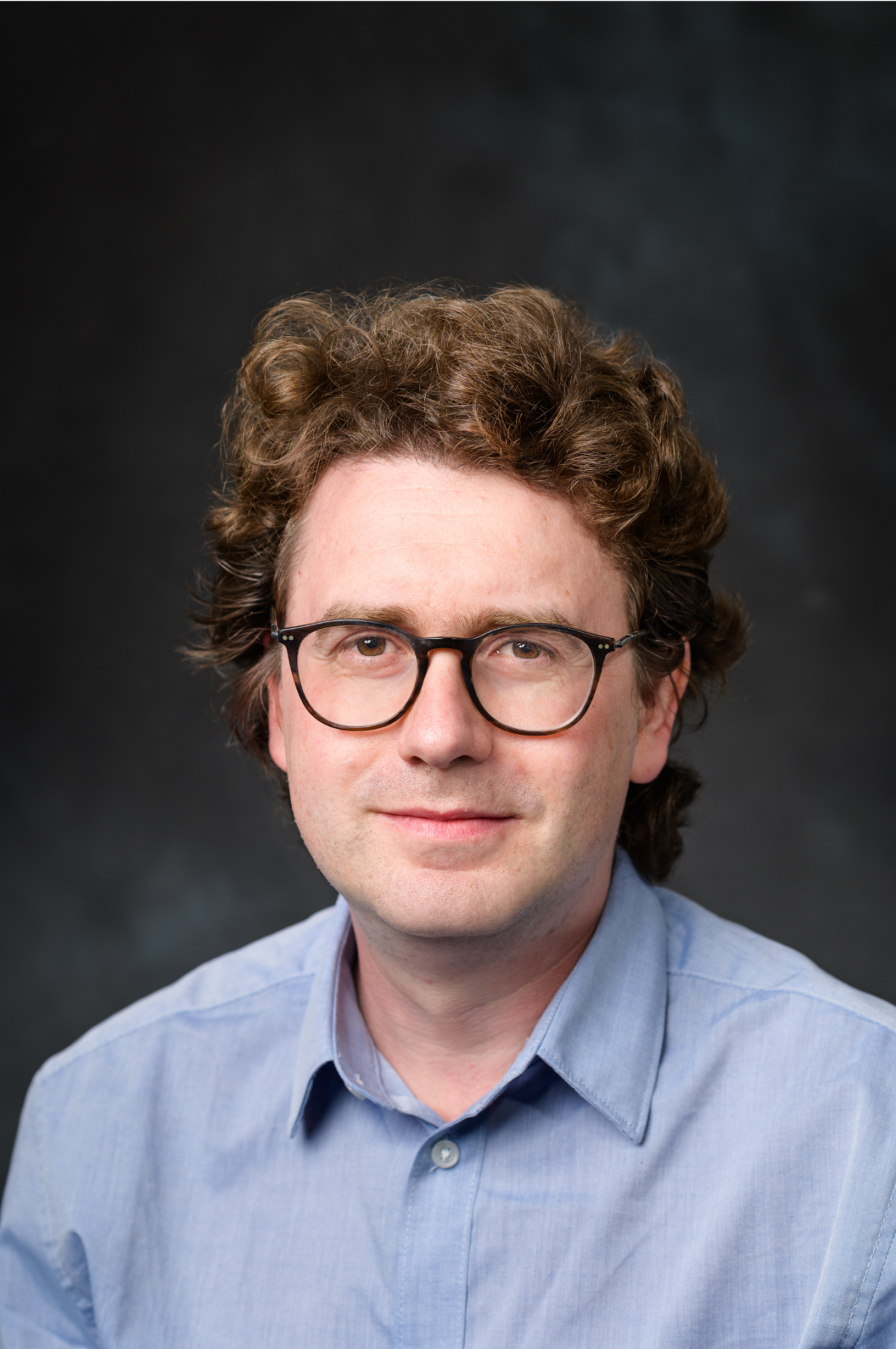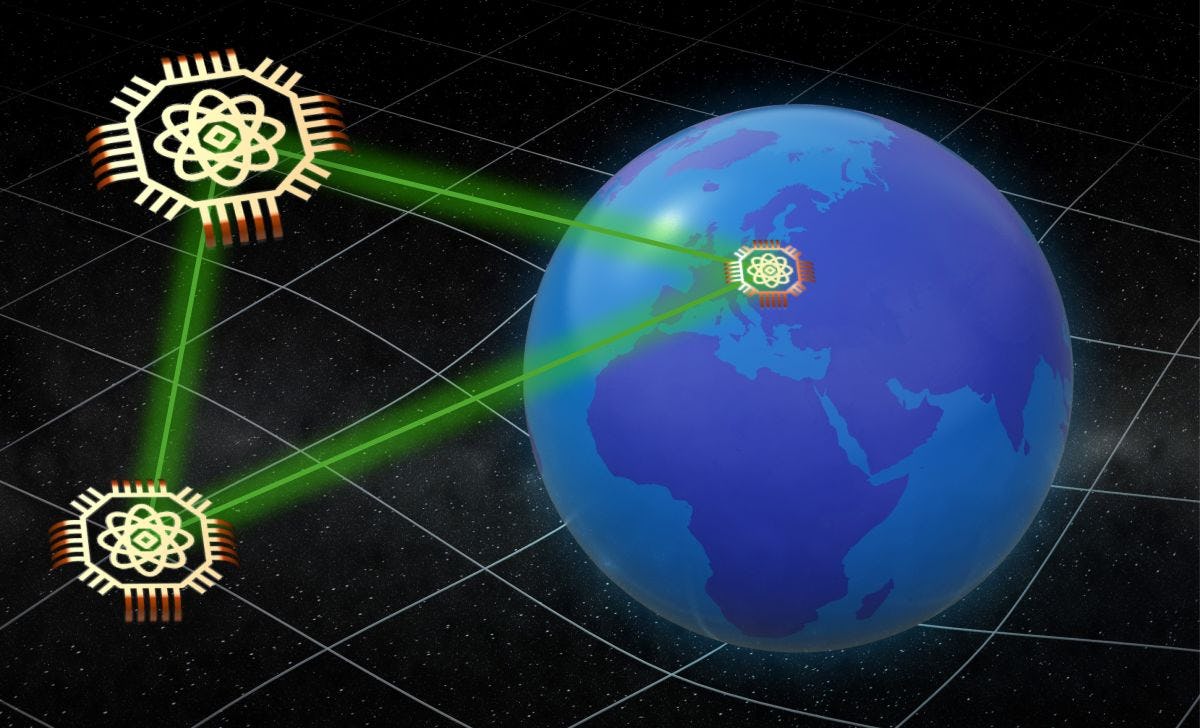NASA Taps Pikovski to Search for the Answer to the Biggest Question in Modern Physics
By using ultracold atomic systems, Stevens researcher believes he can bridge the gap between general relativity and quantum mechanics
Igor Pikovski, assistant professor of physics at Stevens Institute of Technology, was recently selected to participate in NASA’s Fundamental Physics Program for his proposal “Atomic quantum networks on curved space-time." This project will study how quantum theory on curved space-time might be tested — which has never been achieved before.
Einstein’s theory of general relativity is well-tested, and many aspects of this theory have been confirmed with experiments both on the ground and in space. However, the interface between general relativity and quantum mechanics remains completely unexplored, highlighting one of the main challenges of modern physics.
From a theoretical perspective, Pikovski will show how quantum networks in space can be used to study general relativity. The project will focus on networks of “cold atoms” — that is, ultracold atoms that approach a temperature of absolute zero, which can be thought of as cold-trapped systems that exhibit quantum phenomena on a macroscopic scale. Pikovski wants to see how these cold atoms can be interlinked in space through quantum entanglement — and how that could enable the first experimental tests of the interface between the two theories.
“Einstein’s gravity remains incredibly fascinating,” said Pikovski. “When NASA was founded, one of its core goals was to test Einstein’s theory of gravity as curvature of space and time. Today, relativistic effects are increasingly important for new space-based technology. Yet the theory still offers many open mysteries. Our project will study how quantum technologies and Einstein’s gravity intertwine: We will explore how quantum networks in space can test new aspects of general relativity.”
The project builds on recent advancements in both theory and experiment. Pikovski plans to design new tests of quantum dynamics on curved space-time with networks of entangled atomic clocks in space. His central goal is to show how quantum protocols with entangled cold atoms in space can test superpositions of proper time — a unique joint consequence of quantum and gravitational physics.
“It is exciting to work with NASA on this research, as quantum networks and other quantum technologies are becoming space-ready. Our work will shed light on how we can test the universe with such quantum devices in space,” said Pikovski.
For the duration of this project, a postdoctoral fellow and a graduate student will join Pikovski in these efforts.




